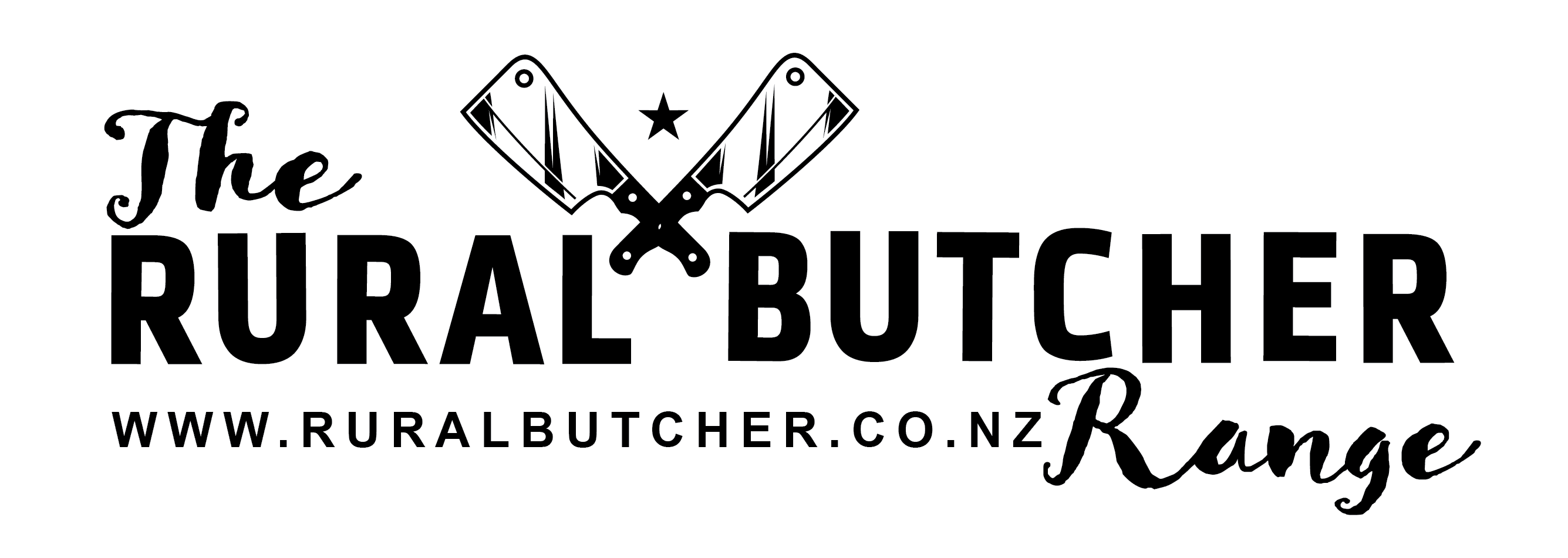duck shooting season 2025
Yes, duck shooting season 2025 is upon us again, a New Zealand tradition for managing duck populations, getting hunters outdoors and harvesting some tasty birds. Duck is a great source of iron and protein and has a unique and delicious meaty flavour. While many people will pluck, dress and roast their birds, there are many more adventurous cooking options for the keen butchers out there who take the time to break down the bird into different cuts. Let’s look at the possibilities.
Why ducks are so versatile
Every part of the duck can be used for a luxurious meal, which is why we see duck served in fancy restaurants. Many of the dishes served in restaurants can also be made at home, such as pan-frying duck breasts, confiting duck legs, making stock from the bones for jus, and rendering the fat for the best roast potatoes you’ll ever eat.
Equipment for breaking down a duck
- A filleting and deboning knife
- A sharpening steel
- A non-slip cutting board
- A meat cleaver (optional)
- A butcher’s chainmail glove (recommended for safety)
How to break down a duck
Breaking down a whole duck into portions is similar to breaking down chickens, turkeys and other poultry. If you’ve done this before, a duck will be easy. If you haven’t, you’ll be grateful you took the time to learn. Remove the head, feet and giblets from the bird and pluck the feathers. Once you’re done this, we’ll use every other part of the bird for meals.
Remove the neck and wing tips
Removing the neck is easy with a meat cleaver. Don’t remove the entire neck. Leave about five centimetres of vertebrae where it meets the spine. If you want to get creative with dry ageing, the neck is useful for hanging.
Remove the wing tips by cutting through the joint with a knife. There isn’t any useful meat on the wing tips, but they’re all good for the stockpot. That’s where you’ll want to put all your trimmings to make the best use of the entire bird.
Clean the bird
As wading birds, ducks have much more fat than chickens, which gives them more flavour. However, you don’t want all the fat in your portions, as you’ll end up with chewy, fatty parts.
Remove any excess fat and skin from the neck and cavity, ensuring you keep the skin intact on the parts of the bird you’ll cut into portions. Remove any skin that isn’t protecting meat. Excess skin can go into your stockpot, and set the fat aside for rendering later. If you simply want to roast your duck whole, it’s now ready to go.
Breaking the duck into portions
Start by removing the legs. It’s the same process as if you were removing the legs from a chicken. Pull the drumstick away from the body until the skin is taut. Take your filleting and boning knife and cut through the skin between the leg and the body. Use smooth slicing actions to make your cuts. Don’t use your knife like a saw.
The aim is to cut through the skin without damaging the meat. Turn the duck on its side so the leg you’re removing is facing up. Grip the leg firmly with one hand and hold the body of the duck to your chopping board with your other hand. Rotate and pull the leg upwards to pop the ball joint out of its socket. Then cut through the joint you have exposed, running the blade along the spine to get as much meat on the leg as possible. Turn the duck over and repeat to remove the other leg.
Next, remove the backbone, which can go in your stockpot. Poultry shears or your meat cleaver will make this job a breeze, as you can simply chop along either side of the spine to remove it.
If you’re using a knife, you need to break the back where it meets the ribcage. Then you can cut it away with a knife. This will leave you with a crown of duck, i.e. the breasts still attached to the ribcage. Remove any more excess skin and fat and set them aside for stock or rendering.
If you want to remove the breasts, run your knife along the breastbone. Then follow the curve of the bird along the carcass, separating the breast fillets by keeping the knife close to the rib bones. You can either remove the skin or leave it on depending on what you’re planning to cook with your duck.
What you should have when you’re done
- Two leg quarters
- The crown with breasts attached or two breasts
- Two wing tips, spine and neck
- Trimmings of fat and skin
If you aren’t planning to use your duck immediately, vacuum sealers significantly extend the freeze time of your portions.
If you want to know more or view our product range, visit us at the National Fieldays. Next up, we’ll be at Mystery Creek from the 11th to the 14th of June.

